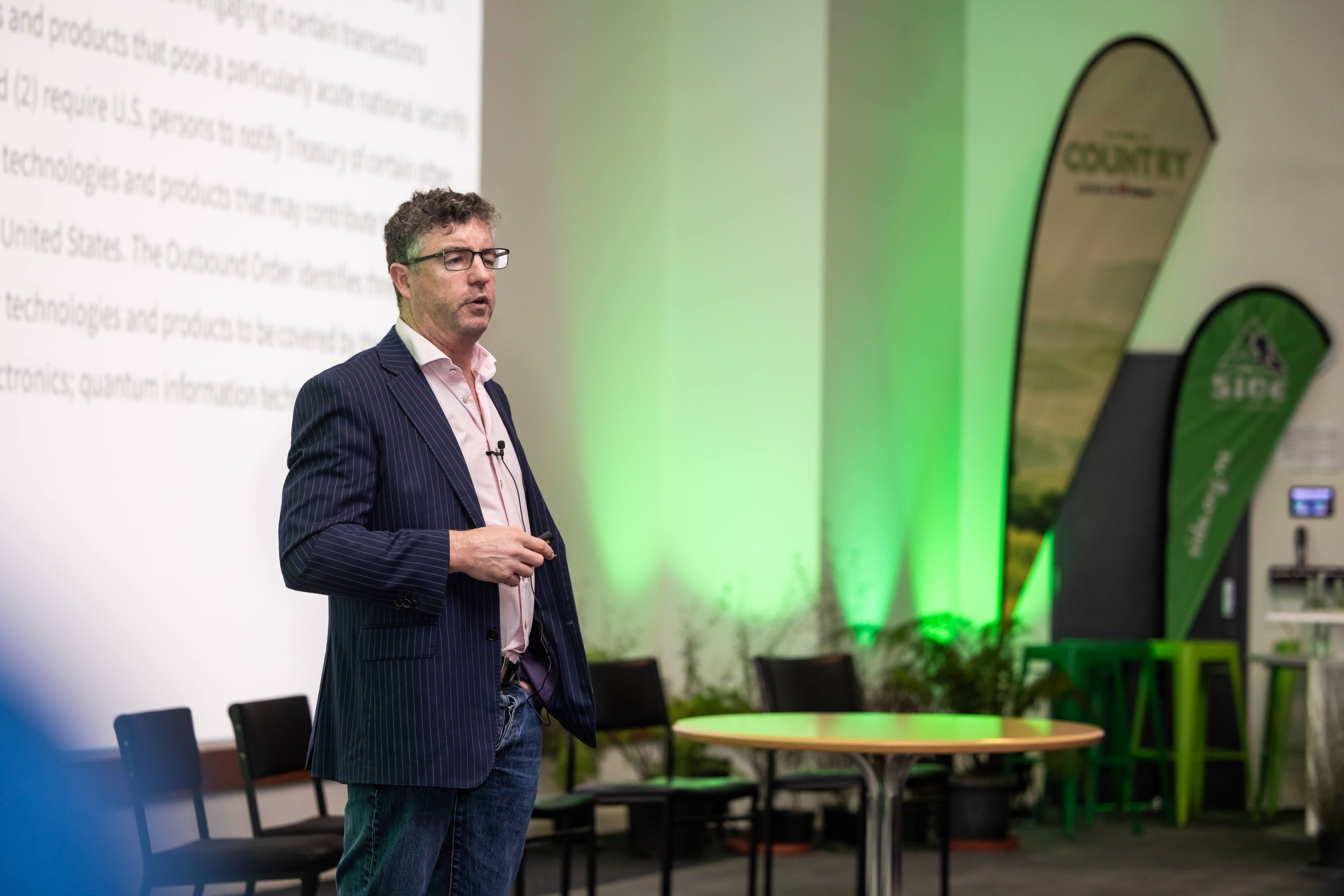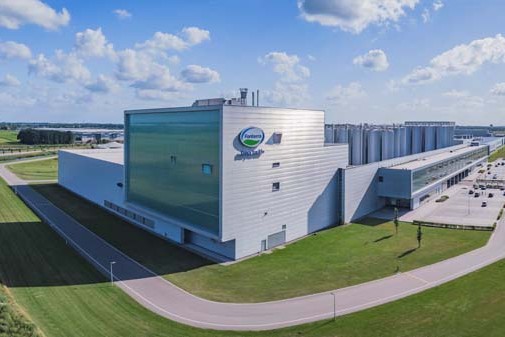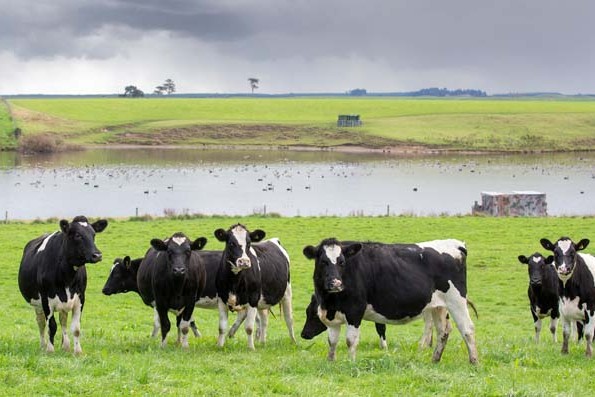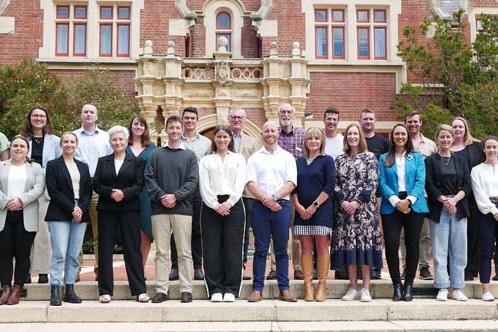A migrant’s story
A determined attitude has seen a young Sri Lankan make the move to New Zealand dairying. Story and photos by Karen Trebilcock.
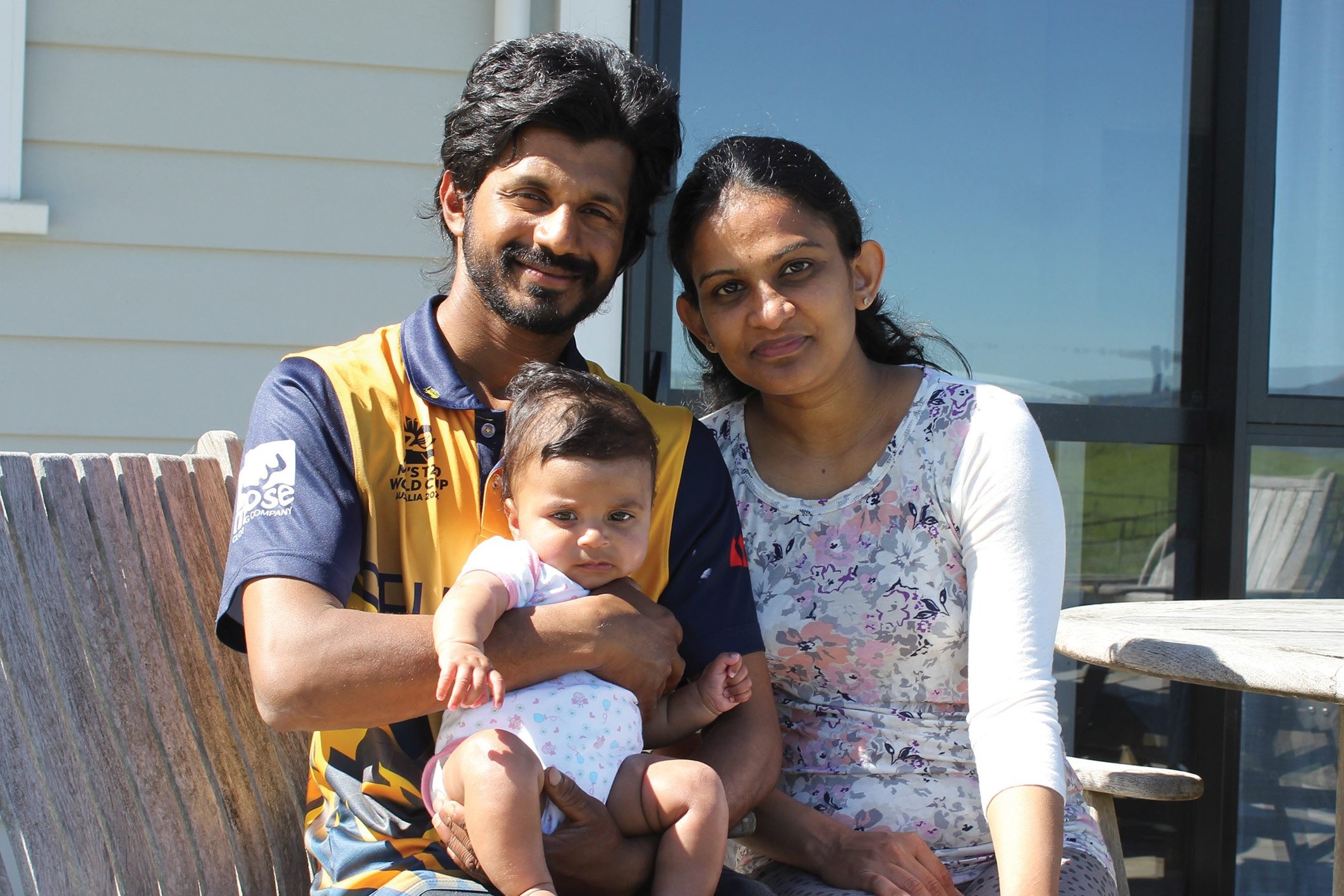
After eight years, Udaya Ukwaththa, 2IC on a 600-cow dairy farm near Dunedin, can finally call New Zealand home.
The 33-year-old came to NZ alone from Galle, a city in southern Sri Lanka in 2014 as a farm assistant on a large dairy farm near Oamaru and he finally became a resident about six months ago.
With Primary ITO level five in dairying achieved, this is his fourth season milking for Cody and Rosie Cowley on 200ha effective and in the spring, just in time for AI to start, his 46-year-old brother Nirosh joined the team.
Along with gaining residency, Udaya and his wife Thakshila had their first child, daughter Tiana.
But Udaya almost gave up on his NZ dream during the Covid-19 lockdowns and looked at moving to Canada where the pathway to residency was easier. However, Government’s rethink allowed him to stay.
“When I first came here, in Oamaru, we were milking 1600 cows and after three months I wanted to go home. I missed my family and I missed everything. It was so hard.
“But I realised I had to change my attitude. I wanted money for my future, I wanted to do well, so I stayed.”
Thakshila, who Udaya married in 2017, studied as an accountant in Sri Lanka and the couple knew each other before Udaya moved to NZ.
She worked at Pak’nSave in Dunedin before Tiana was born and is hoping to find a job in a supermarket again soon. It had been a four-month process to get Nirosh’s work visa approved with Cody having to first become an accredited employer and advertise the position for two weeks.
“We had it up on Farm Source jobs but no one suitable applied,” he said.
“I’ve left most of the visa stuff to Udaya, he’s told us what we needed to do.”
Cody said Udaya treats the farm as if it is his own. Local, Sam Moake (18), rounds out the team.
Nirosh has worked for 25 years in a government agricultural department but is enjoying being out of the office, especially working with cows.
The brothers are Buddhists, attending a Thai temple in Dunedin, and treat cattle as if they’re sacred.
“We believe in karma, if you do a good thing you will be rewarded in this life or the next,” Udaya said.
Apart from not eating beef, they like all NZ food but still enjoy curries, whether it is Sri Lankan, Indian or Thai. Nirosh’s wife and three children, a daughter aged 10, and two sons aged seven and five are still in Galle and, with Sri Lanka seven and a half hours behind NZ, he spends his lunch breaks and evenings on WhatsApp talking to them.
“I miss them. Hopefully in six months I will have saved enough money for them to come and live here.”
Besides airfares, immigration costs are high but with years negotiating his way around the NZ government immigration website, Udaya knows what is required and doesn’t need to use an agent, which would cost even more.
Sri Lanka is an island of 22 million people, 65km east of India, with a land area smaller than NZ. “Dairy farming in Sri Lanka is 100% different to New Zealand because it’s a tropical country and land is very expensive,” Udaya said.
“There is a wet season and a dry season.
“Most dairy farms are 50 to 80 cows. The cows don’t produce many litres of milk.”
Animals were mostly kept inside and fed CO-3 grass, a high yielding perennial fodder grass developed in India in 1997. The Livestock Breeding Project introduced it to Sri Lanka in 1999. The grass, a distant relative of Elephant grass, is cut at 1.5m high and taken to the cows. It can be cut six to eight times a year.
“It looks like sugar cane growing.”
However, although they are well fed, heat can stop cows cycling and many cows go several years without calving.
Nirosh’s English is rapidly improving although the two brothers still talk in Sinhala, one of the two languages spoken in Sri Lanka, when something has to be explained quickly in the dairy. Everyone learns English at school but for Nirosh that was a long time ago. His children are already taking extra English lessons so they are ready to come to NZ.
As well, they learn Tamil at school, the other main language of Sri Lanka, and Hindi, spoken in India.
“We watch films and TV series from India in Hindi.
“Education, including university, and health care is free in Sri Lanka but everyone takes extra lessons to try to get ahead,” Udaya said.
“As soon as they graduate they want to leave, to find jobs in Australia, New Zealand, England or Canada.”
With a low-wage economy, Udaya said most people in Sri Lanka cannot hope to even buy a used car in their lifetime, which is why many ride motorbikes. Udaya is planning to buy his own home in Dunedin soon. He’s a huge cricket fan and booked the day off months before Sri Lanka were due to play the Black Caps in Dunedin in a T20 game this summer.
He played cricket at school but with so many people in Sri Lanka, he said you had to be excellent to continue in the sport. When Sri Lanka is playing he will always support them but otherwise it’s NZ.
They have a large network of friends, both from NZ and overseas, plus a strong Sri Lankan community which regularly gets together.
The brothers both insist NZ is beautiful and they’re enjoying exploring the country when they can, although Udaya said he misses the cows when he has days off.
“Sri Lanka has beautiful waterfalls and jungle, there are elephants and other wild animals and beautiful beaches,” he said.
Nirosh used to take his family to the beach most Sundays to swim.
The brothers agree Dunedin beaches are beautiful too, but the water is far too cold for swimming.


